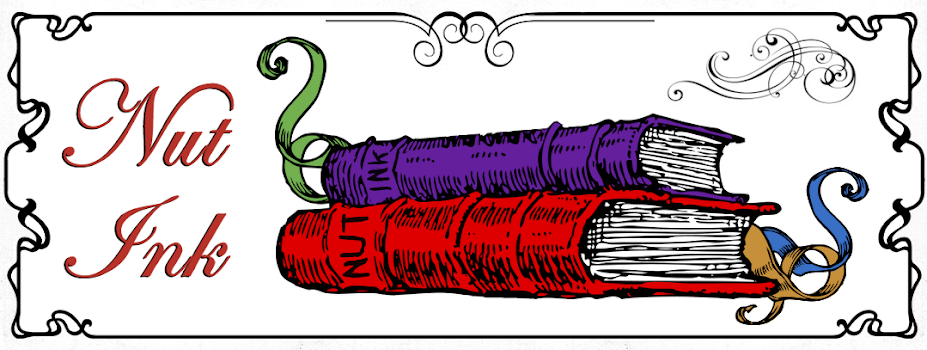Author: Arthur C. Clarke | Page Count: 252
"Bowman had time for one glimpse of the racing chaos when the main lights flickered and died, and he was surrounded by screaming darkness."
I've found Arthur C. Clarke to be occasionally long-winded and overly techy at times, but not in 2001: A Space Odyssey. It's a novel that's so beautifully refined and free from filler that I was amazed it was Clarke I was reading. There's still science, but it's at an acceptable level (it's not head 'splode tech manual stuff) and it's fun. You may even learn a thing or two about the universe you inhabit.
The story is one of intervention. It's a history of the birth of mankind and a prediction of where we may yet end up. I can't say much more or risk spoiling key events, events that act as a catalyst for significant change.
Written by Clarke at the same time as he collaborated on the film script for the Stanley Kubrick feature, the prose both complements and occasionally deviates from the story presented in the film. Neither one is the gospel text; they both have a part to play. Interestingly, what I consider to be the most powerful scene in the film feels hurried and less emotional when written down. Conversely, the 'monkey bit' in the film that elicits laughs from naysayers is a thing of beauty herein. Clarke makes the millions of years transition as flawless as Kubrick made his.
I would normally recommend reading a text before viewing any kind of adaptation, but in this instance I think seeing the film before reading the book makes more sense. Kubrick creates the world and presents impersonal protagonists to inhabit it. Clarke creates more rounded characters but places them in a world that is in a state of constant flux. To fully understand the themes of 2001 it's important to assimilate both film and novel. I don’t think I've ever had cause to say that before. I'd call that a success.
4 primates that don't fling shit out of 5









